Animals That Can Live for Hundreds of Years
Humans may count themselves lucky to reach 100, but some creatures have lifespans that make centuries look like a weekend. In the ocean’s depths and the world’s quiet corners, a handful of species quietly defy the clock. This article lists the animals that can live for thousands of years—and why they’ve lasted this long.
Glass Sponge – Over 10,000 Years Old
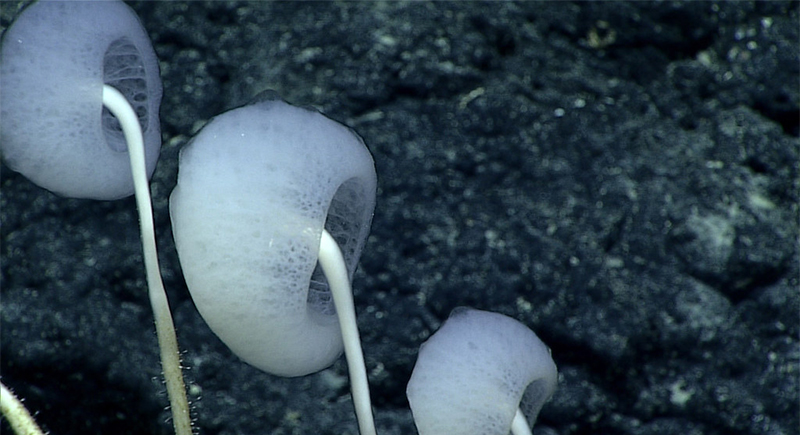
Credit: flickr
Way down on the ocean floor, the glass sponge quietly racks up birthdays by the thousands. One specimen, Monorhaphis chuni, is estimated to be around 11,000 years old. That’s older than written language. Their skeletons look like delicate glass sculptures—but don’t be fooled, they’re built to last.
Black Coral – 4,000 Years and Counting
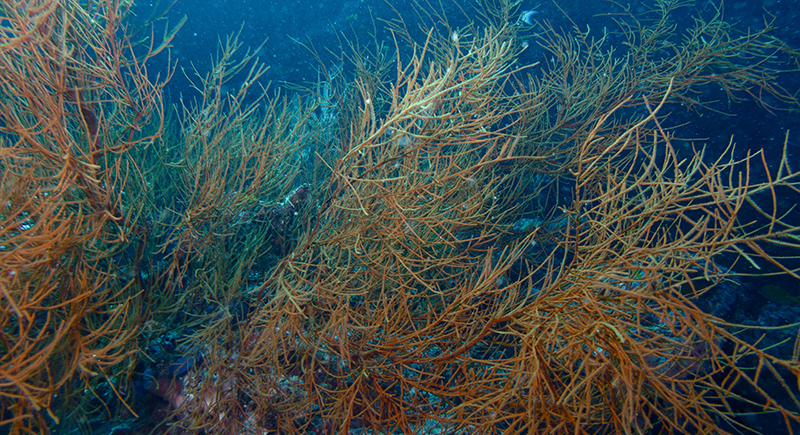
Credit: Wikimedia Commons
Black corals grow so slowly, it’s like they’re allergic to time. Found in deep waters near Hawaii, some colonies have been dated to be over 4,000 years old. That’s because they don’t age like single animals—they’re made of tiny polyps that keep cloning themselves.
Antarctic Sponge – Possibly 1,500 Years
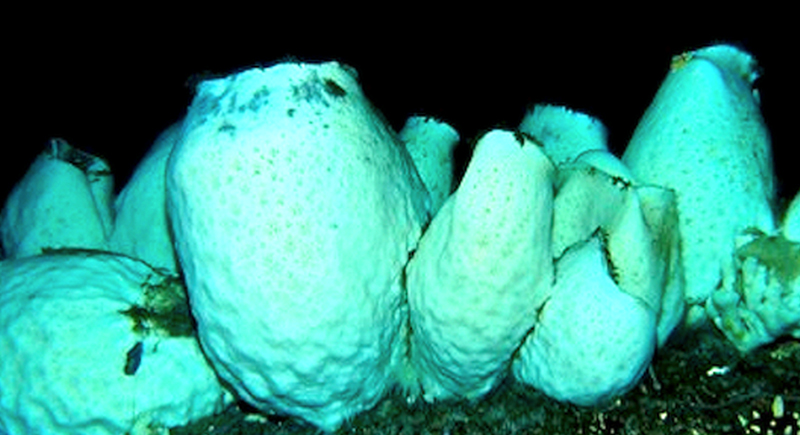
Credit: Wikipedia
Some sponges found in Antarctica grow so slowly that a birthday might come every few centuries. These deep-sea dwellers survive in freezing temperatures and barely move a muscle because they don’t have any. A few specimens have been estimated to be over 1,500 years old.
Brain Coral – 900 Years
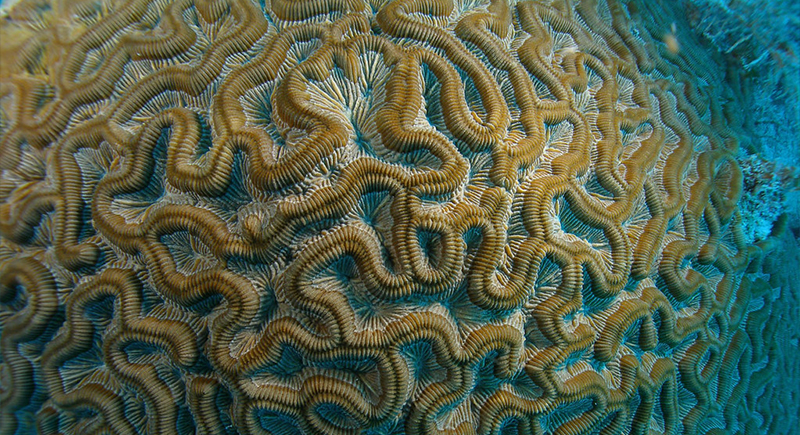
Credit: flickr
Named for their resemblance to—you guessed it—brains, these animals grow in domes and can live over a thousand years. They’re made up of thousands of polyps working together to build a shared skeleton. Because they develop gradually and can survive harsh conditions, they have lasted through centuries of human history.
Ocean Quahog Clam – 500+ Years
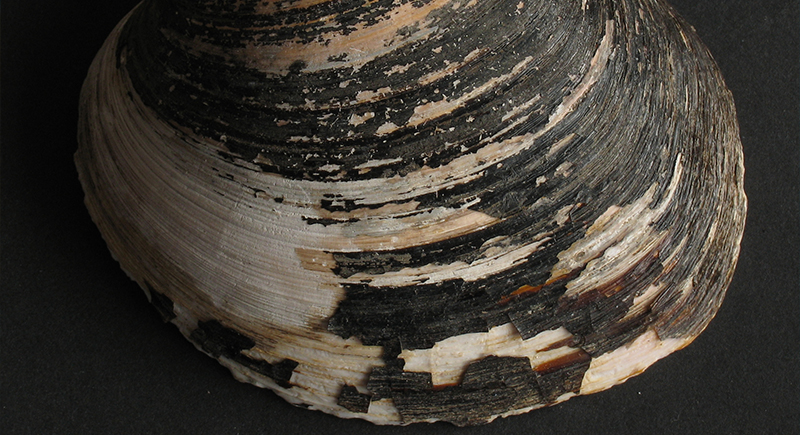
Credit: Wikimedia Commons
This unassuming clam holds the record for the longest-lived non-colonial animal ever found. One individual, nicknamed Ming, was 507 years old when discovered. It was born in 1499, centuries before electricity. These clams live in the chilly North Atlantic, where the cold slows everything down, including their aging.
Greenland Shark – Possibly 500 Years
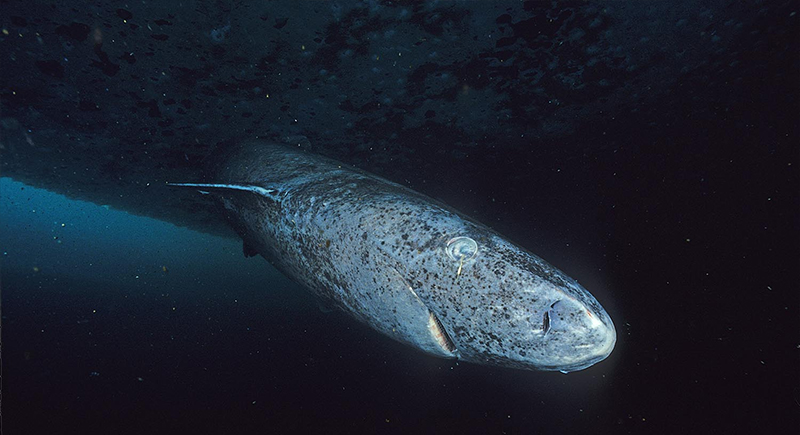
Credit: Wikimedia Commons
If there were a senior citizens’ club for sharks, Greenland sharks would be the founders. These Arctic lurkers live for over 400 years, maybe even over 500. Scientists figured this out by dating proteins in their eye lenses. They are slow-moving, cold-blooded, and mostly hang out in the deep sea.
Tubeworm – 300+ Years
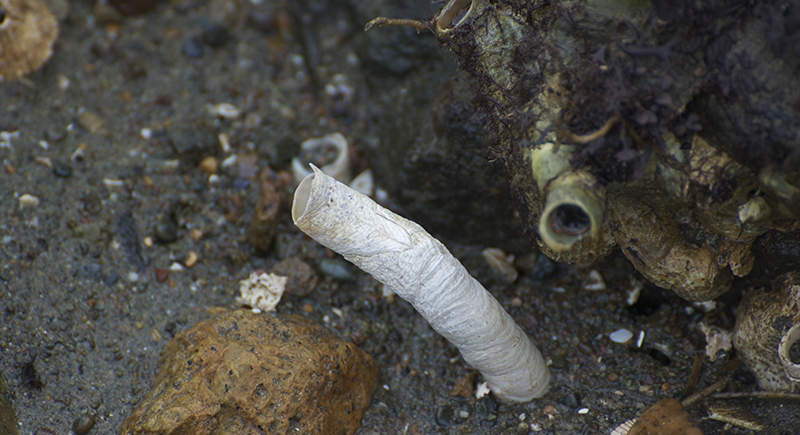
Credit: Wikimedia Commons
Down near cold seeps in the Gulf of Mexico, tubeworms live where sunlight never reaches. They don’t eat in the usual sense—bacteria in their bodies turn chemicals into energy. That low-effort lifestyle, combined with a stable environment, lets some live for over 300 years.
Freshwater Pearl Mussel – Over 250 Years
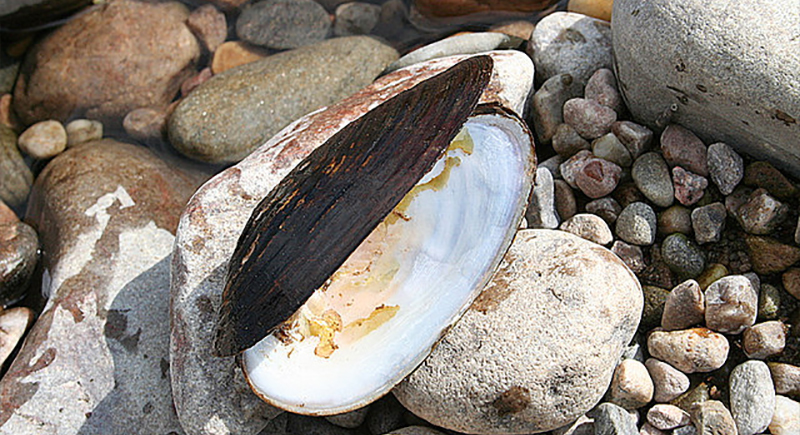
Credit: Wikimedia Commons
Freshwater pearl mussels take life slowly and seriously. One was estimated to be 280 years old. These mussels filter tiny food particles from the water and don’t do much else, which, oddly enough, helps them survive centuries.
Rougheye Rockfish – 200 Years
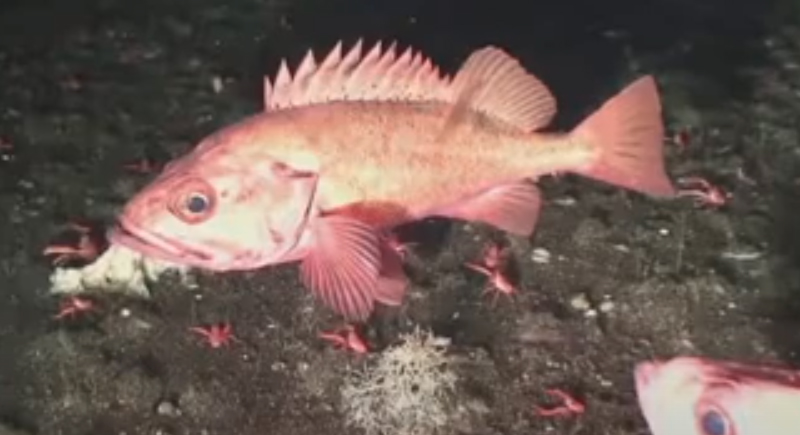
Credit: Youtube
Despite the dramatic name, the rougheye rockfish is more about patience than aggression. These fish live in the North Pacific, often staying deep below the surface. Some have lived for over 200 years. Researchers found that specific rockfish genes help with DNA repair.
Bowhead Whale – Around 200 Years
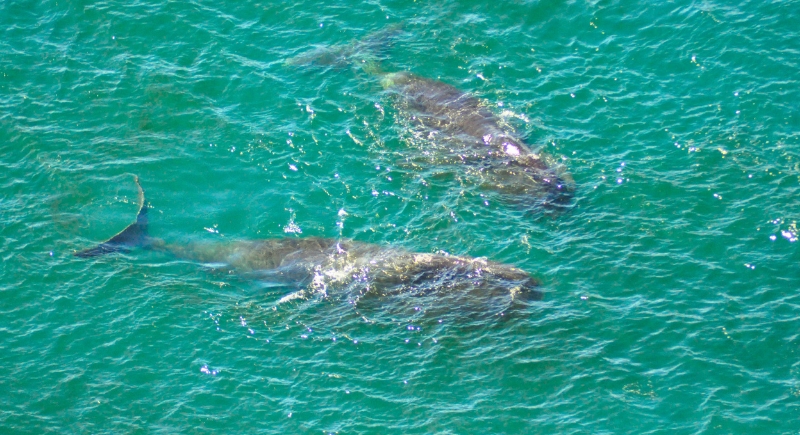
Credit: iStockphoto
Bowhead whales have been found with antique harpoons still embedded in their bodies, dating back to the 1800s. That’s one way to prove your age. Scientists believe they live over 200 years, thanks to special genes that protect against age-related diseases.
Red Sea Urchin – 200 Years

Credit: Wikimedia Commons
At first glance, a red sea urchin just looks like a spiky ball. But don’t judge too quickly—some have been alive for two full centuries. They grow very slowly and don’t show many signs of aging. That’s part of why they’re studied by scientists looking for longevity clues.
Seychelles Giant Tortoise – Nearly 200 Years
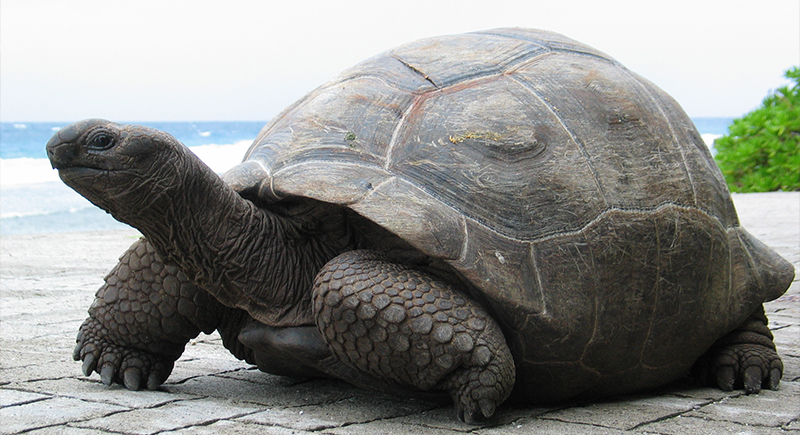
Credit: Wikimedia Commons
Jonathan, the world’s oldest known land animal, is a 192-year-old Seychelles giant tortoise living on the island of Saint Helena. He’s been around since the 1830s, which is hard to wrap your head around. Tortoises like Jonathan live long partly because they grow slowly and don’t burn through energy quickly.
Saltwater Crocodile – Over 120 Years
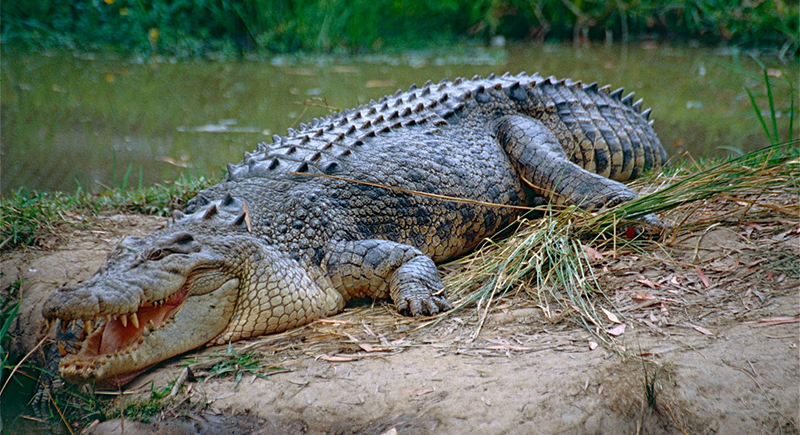
Credit: flickr
Saltwater crocodiles have a fearsome reputation—and they’ve had plenty of time to earn it. They’re capable of growing throughout their lives, and with few natural enemies and thick skin (literally and figuratively), they last for more than a century if left undisturbed.
Hydra – Doesn’t Age Naturally
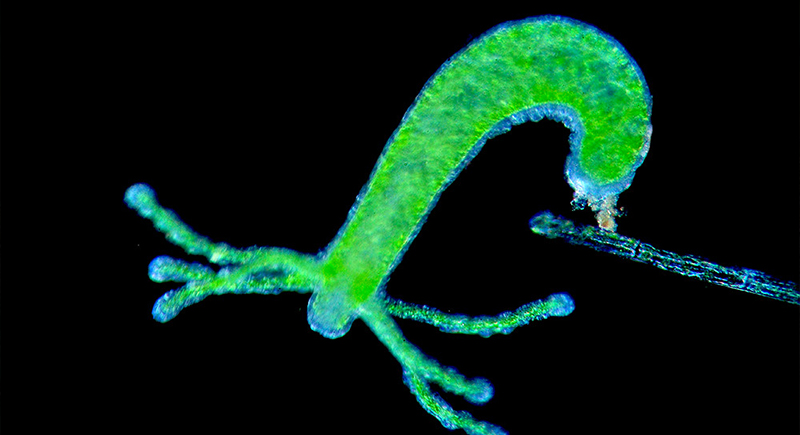
Credit: flickr
Hydras are tiny, freshwater creatures that constantly regenerate. Most of their cells are stem cells, which means they’re always replacing old parts with new ones. They are a go-to subject in aging research.
Immortal Jellyfish – Technically Forever
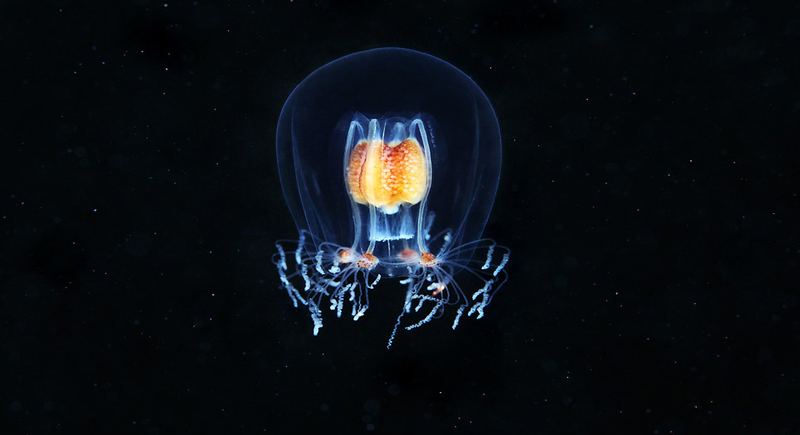
Credit: flickr
Turritopsis dohrnii has one amazing trick: when things go wrong, it hits reset. Instead of vanishing, it reverts to its polyp stage and starts life over. It’s like being able to turn back into a baby every time you get sick. In theory, this jellyfish could repeat its life cycle indefinitely.